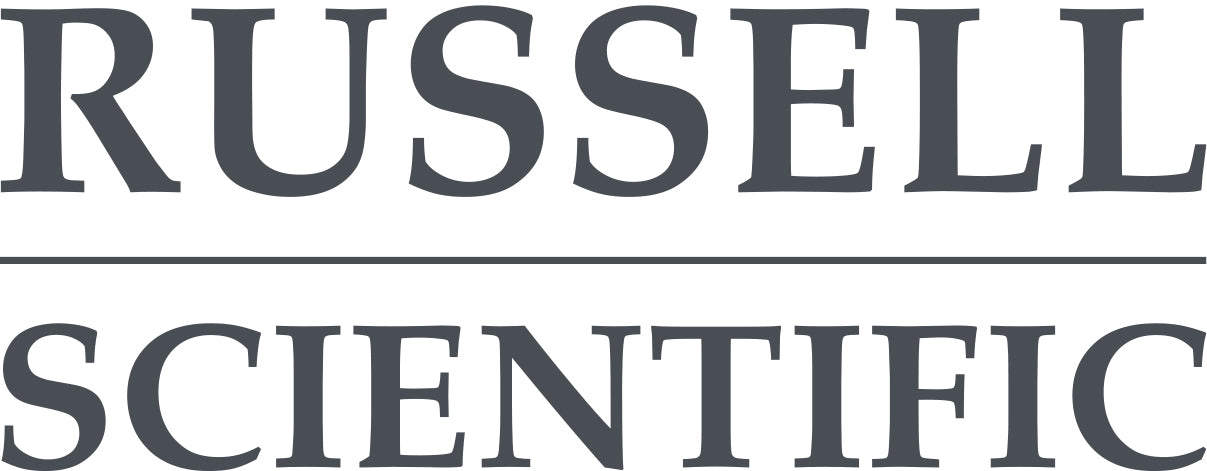
Preserve Artifacts
Protect valuable and delicate items from damage due to temperature fluctuations and improper environmental conditions.

Optimise Preservation
Utilise data from thermometers and hygrometers to ensue efficient operation and optimal conditions for artefact preservation.

Ensure Compliance
Meet conservation and preservation standards with reliable and accurate environmental monitoring data.
The museum sector plays a vital role in preserving cultural heritage and providing public access to invaluable artefacts. The safety, preservation, and reliability of museum operations are paramount. One often overlooked but crucial aspect of artefact preservation is the monitoring of temperature and humidity within display and storage areas. Temperature and humidity variations can have a significant impact on delicate artefacts. Materials such as wood, paper, and textiles can expand and contract with changes in environmental conditions. While these changes might seem minor, they can lead to serious issues such as warping, cracking, and deterioration if not properly monitored and managed.

425 Thermohygrograph
The Fischer Thermohygrograph Chart Recorder can track temperature and humidity trends in real time. The 425 consists of high quality mechanisms comprised of brass and chromium. All axles are fitted with jewel bearings resulting in extremely low idle friction.
The thermograph sensor is a u-shaped bimetal; while the hygrograph element of this instrument utilises the change of hair or synthetic fibres to the moisture content of the air. Both parts of this Thermohygrograph have extremely low response times, especially in low temperatures making them the preferred low technology-high accuracy solution for outdoor monitoring.
Why Temperature and Humidity Matters?

Artefact Deterioration
In environments with fluctuating temperatures and humidity levels, artefacts made from materials such as wood, paper, and textiles can expand, contract, or absorb moisture. This poses a severe risk to their preservation, potentially leading to warping, cracking, mould growth, and other forms of deterioration.

Material Degradation
Inconsistencies in temperature and humidity can cause materials to become brittle or weaken over time. For instance, organic materials like textiles and leather can become dry and fragile, increasing the risk of tears and breaks, which can significantly impact their longevity and integrity.

Conservation Efficiency
Regular monitoring of temperature and humidity allows for predictive conservation. By identifying potential environmental threats before they cause damage, museum curators can schedule preventative measures more effectively, reducing the risk of deterioration and extending the lifespan of the artefacts.
Contact Us Today
With a commitment to exceptional customer service, we offer expert advice and support to help you select the right thermometer and hygrometer for your museum's requirements. Whether you need calibrated instruments for immediate use or uncalibrated options for in-house calibration, Russell Scientific delivers reliable solutions that enhance the preservation, efficiency, and compliance of museum operations. Trust us for products that meet the highest standards and help you maintain the integrity of your museum collections.
Russell Scientific Instruments Ltd
To reach a member of our team, please email us at sales@russell-scientific.co.uk or complete the contact form below.
Alternatively, you can telephone our offices on 01362 693481 to speak with a member of our team. Our office hours are 9am - 5pm, Mon - Fri.
Please note, we aim to respond to emails within 2 working days. If you haven't had a reply, please do telephone us to ensure we have received your message as emails do occasionally get caught in our spam filter.
Regulatory Requirements in the UK
In the UK, the museum sector is guided by several key standards and guidelines, including the Spectrum Standard, British Standards Institution (BSI) standards, and Environmental Guidelines provided by professional bodies such as the Museums Association. These standards set and enforce guidelines to ensure the preservation and safety of museum collections. Temperature and humidity monitoring are crucial aspects of these regulations.

Spectrum Standard
The Spectrum Standard includes comprehensive guidelines on collections management, including the monitoring and control of environmental conditions like temperature and humidity to preserve artefacts. This standard is essential for ensuring systematic and effective collections management.

British Standards Institution (BSI) Standards
- BS EN 16893:2018: This standard specifies the requirements for the storage environment of heritage collections, including temperature and humidity control. It provides guidelines for building design, environmental monitoring, and control systems to ensure the preservation of collections. This is crucial for maintaining stable conditions that prevent damage to artefacts.
- BS 4971:2017: This standard covers the conservation and care of archive and library collections, including the management of temperature and humidity to prevent damage to sensitive materials. This ensures that even the most delicate items are preserved under optimal conditions.

Environmental Guidelines for Museums
These guidelines, often provided by the Museums Association and other professional bodies, offer specific recommendations on optimal temperature and humidity ranges for different types of collections. They help museums to maintain conditions that prevent deterioration, ensuring the long-term preservation of artefacts.
Q: WHY IS MONITORING TEMPERATURE AND HUMIDITY IMPORTANT FOR MUSEUM EXHIBITS?
A: Monitoring temperature and humidity is crucial for museum exhibits because fluctuations in these parameters can lead to the deterioration of sensitive materials such as paper, textiles, wood, and metal. High humidity can cause mould growth, while low humidity can make materials brittle. Extreme temperatures can also cause thermal expansion or contraction, leading to physical damage. Accurate measurement helps in maintaining stable conditions, thereby protecting the integrity of the collections.

